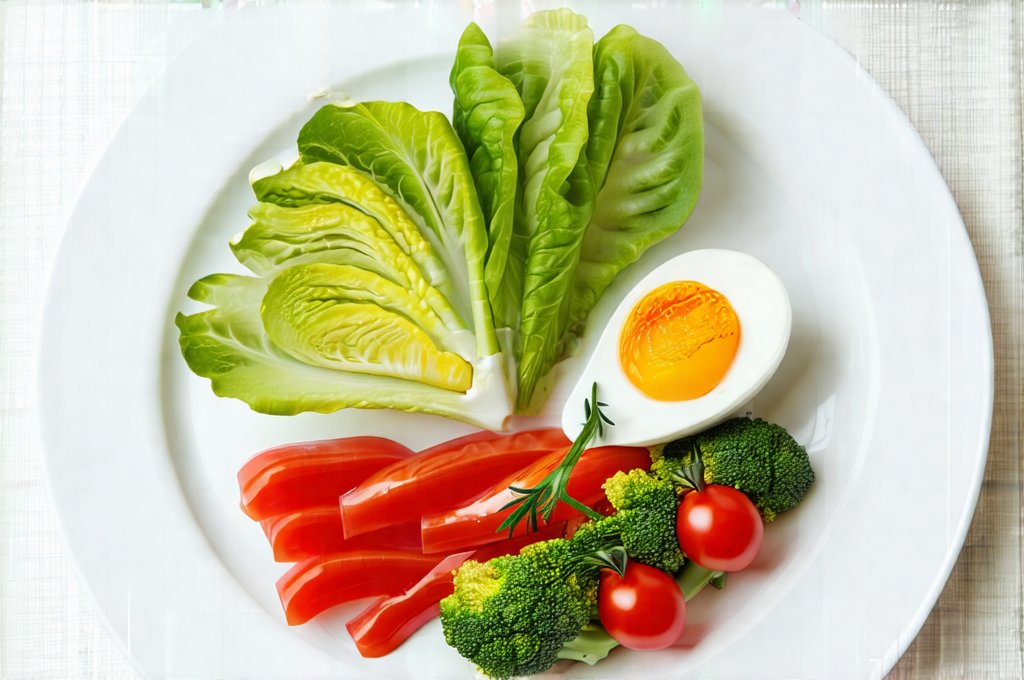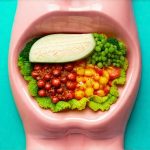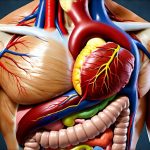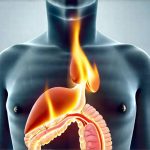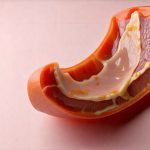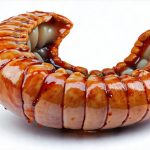Gastroesophageal reflux disease (GERD), commonly experienced as acid reflux, impacts millions globally, significantly affecting their quality of life. Beyond the immediate discomfort – the burning sensation in the chest, the sour taste in the mouth – chronic GERD can lead to more serious complications like esophageal damage and difficulty swallowing. However, a substantial portion of managing GERD lies within our control, specifically through dietary modifications. Understanding how food choices interact with stomach acid production and esophageal health is paramount for those seeking relief. This isn’t about strict deprivation; it’s about making informed decisions to minimize symptoms and promote overall digestive wellness.
Many individuals find that adopting a structured eating schedule alongside targeted food selections can dramatically reduce the frequency and severity of their GERD symptoms. The key lies in recognizing that GERD is often triggered by specific dietary patterns or foods, and proactively addressing these triggers. This involves not only identifying what you eat but also when, how much, and even how you’re eating it. It requires a degree of self-awareness and a willingness to experiment with different strategies until finding what works best for your individual body and lifestyle. It’s about empowering yourself to take control of your digestive health. Considering how changes in routine can affect digestion, reviewing resources on managing nausea after an abrupt change can be helpful.
Understanding the Connection: Food, Acid & The Esophagus
The lower esophageal sphincter (LES) is a muscular ring that acts as a valve between the esophagus and stomach. Its job is to remain tightly closed, preventing stomach acid from flowing back up into the esophagus. GERD occurs when this valve weakens or relaxes inappropriately, allowing acid reflux to happen. Certain foods can contribute to LES relaxation or increase stomach acid production, exacerbating symptoms. High-fat foods, for example, take longer to digest and can put pressure on the LES. Similarly, acidic foods like citrus fruits and tomatoes can directly irritate the esophageal lining. Caffeine and alcohol also have a tendency to relax the LES.
Beyond specific food triggers, eating habits themselves play a significant role. Large meals stretch the stomach, increasing pressure on the LES. Eating quickly without chewing properly leads to larger food particles that take longer to digest, again putting strain on the system. Lying down shortly after eating allows gravity to work against you, making it easier for acid to flow back up. Therefore, managing GERD isn’t just about avoiding certain foods; it’s also about adopting mindful eating practices and a consistent schedule. For those with sedentary lifestyles, exploring anti-nausea eating habits can improve digestive comfort.
Dietary adjustments are often the first line of defense in managing GERD symptoms and can significantly reduce or even eliminate the need for medication in many cases. It’s important to remember that everyone reacts differently, so personalized experimentation is crucial. What triggers one person’s reflux may not affect another. Keeping a food diary can be immensely helpful in identifying your individual trigger foods and patterns.
Building an Acid-Reflux-Safe Eating Schedule
Creating an eating schedule geared toward GERD management focuses on several key principles: portion control, meal timing, and mindful food choices. Instead of three large meals per day, consider smaller, more frequent meals – perhaps five to six mini-meals. This reduces the amount of pressure on the LES at any given time. Allow ample time for digestion between meals; don’t rush into your next bite before your stomach has had a chance to process the previous one. Aim for 2–3 hours between meals, and avoid eating within 3 hours of bedtime.
Focusing on foods that support digestion and minimize acid production is also vital. Lean proteins, whole grains, non-citrus fruits (like bananas and melons), vegetables (except tomatoes and onions), and healthy fats are generally well-tolerated. Avoid or limit fatty fried foods, chocolate, peppermint, spicy foods, carbonated beverages, alcohol, and caffeine. Hydration is key, but drink most of your fluids between meals rather than during to avoid diluting stomach acid and potentially worsening reflux. Remember that this isn’t about restriction; it’s about making informed choices that support your digestive health. Getting outside for a walk can help too – check out the best time to take a walk after eating with GERD.
Identifying Your Personal Trigger Foods
The cornerstone of effective GERD management lies in pinpointing your individual trigger foods. This requires diligent self-observation and a bit of detective work.
* Keep a detailed food diary: For at least two weeks, meticulously record everything you eat and drink, along with any associated symptoms (heartburn, regurgitation, bloating). Note the time of day you ate, how much you consumed, and the severity of your symptoms.
* Elimination diet: Consider temporarily eliminating common trigger foods from your diet for a week or two, then slowly reintroducing them one at a time to see if they cause any issues.
* Pay attention to combinations: Sometimes it’s not just the individual food but the combination that triggers reflux. For example, pairing fatty foods with acidic beverages might be more problematic than either alone.
Once you’ve identified your trigger foods, you can strategically adjust your diet to minimize their impact. It may involve reducing portion sizes, avoiding them altogether, or finding alternative ingredients. Remember that reactions can vary depending on the context – a small amount of coffee might be tolerable in the morning but cause problems at night. Understanding balancing digestive health with seasonal produce can also support your overall wellbeing.
The Role of Meal Timing and Portion Control
Meal timing is just as crucial as food selection when it comes to managing GERD. As mentioned earlier, avoid eating within three hours of bedtime. This gives your stomach ample time to empty before you lie down, reducing the risk of acid reflux during sleep. Similarly, avoid large meals, especially before physical activity or strenuous exercise.
Portion control is also essential. Overeating stretches the stomach and increases pressure on the LES. Aim for smaller, more frequent meals throughout the day instead of three large ones. Using a smaller plate can help visually encourage portion control. Chewing your food thoroughly breaks it down into smaller particles, making it easier to digest and reducing strain on the digestive system. Savor each bite, eat slowly, and avoid distractions during mealtimes.
Hydration and its Impact on Acid Reflux
While staying hydrated is crucial for overall health, when you drink fluids can impact GERD symptoms. Drinking large amounts of liquid with meals can dilute stomach acid, potentially worsening reflux. It’s generally better to drink most of your fluids between meals rather than during. Water is the best choice, but herbal teas (non-mint) and diluted fruit juices can also be good options.
Avoid carbonated beverages, as they introduce gas into the digestive system, which can increase pressure on the LES. Be mindful of caffeinated and alcoholic beverages, as they can relax the lower esophageal sphincter, increasing the risk of acid reflux. Listen to your body; if you notice that a particular beverage consistently triggers symptoms, it’s best to avoid it or limit your intake. When managing nausea in social situations, tips for eating comfortably can be very beneficial.
It’s important to emphasize that these are general guidelines, and individual responses may vary. Consulting with a registered dietitian or healthcare professional can provide personalized recommendations tailored to your specific needs and medical history. If you’re planning for the holidays, safe holiday eating tips are a great resource.

